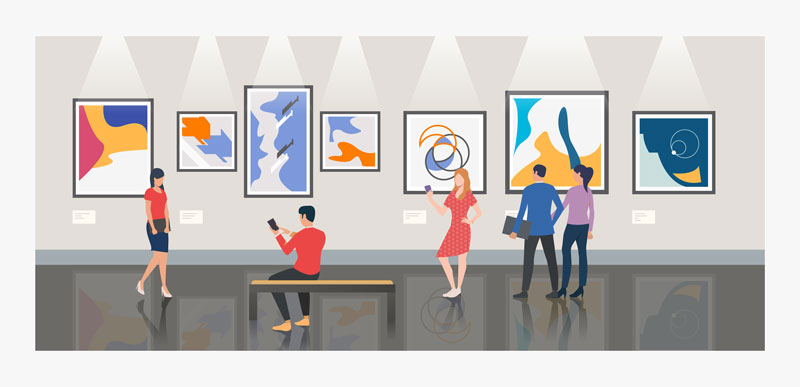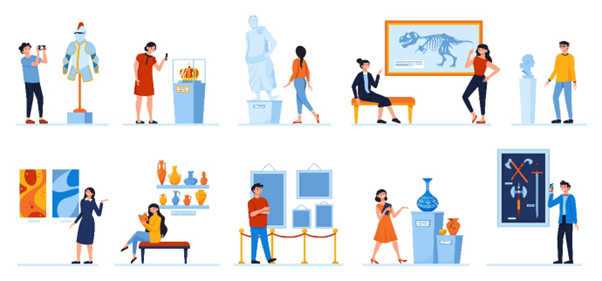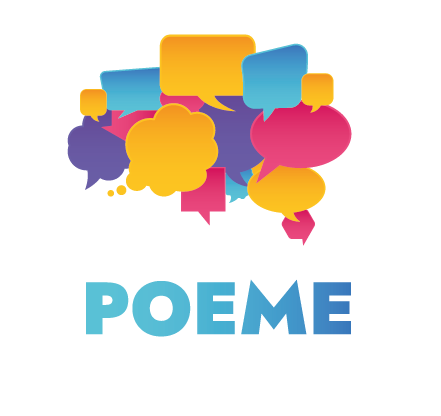What are exhibitions?
To define blended exhibitions, let’s start by defining the term “exhibition”. By “exhibition” we consider the “act of showing something, for example, works of art” (Oxford Learner’s dictionary, n.d.). That is usually done in an organized presentation or display of a collection of items.

What are blended exhibitions?
Blended exhibitions are the ones that take part both in-person and in an online environment. The blended exhibitions can also combine both physical and digital materials.

Using blended exhibitions in educational settings
Exhibitions can be used as a tool for learning and can be implemented in different settings, such as virtual, outdoors, museums, schools, blended, etc. Exhibitions also create a space for students to practice public speaking, use evidence, and present engaging visual displays (Davidson, 2009). In exhibitions, learners are encouraged to explore different concepts, ideas, and problems. Moreover, developing the blended exhibition offers an opportunity for cross-curricula and project-based learning. The Covid-19 accelerated the inclusion of digital technologies in learning environments. This led to many educators using online platforms, social media, blogs, and other online spaces to create exhibitions. Through blended learning exhibitions, learners can have the role of curators – plan the exhibition, select the cultural treasure to work on, create the digital material, organize the art, make sense of it, present it and explain it. Blended exhibitions offer unlimited potential for exploring various topics, for example, cultural heritage in language learning.
In POEME, we will create exactly that – examples of blended learning exhibitions covering the topics of cultural heritage to strenghten students’ language skills while learning about the cultural heritage of different European countries.

Parts of this article have been adapted from the 4th result of POEME project: Interactive e-guidebook for POEME exhibitions. To find out more about how to create blended learning exhibitions, make sure to check out the 4th result of this project which will be available soon on the project website.
And to get more concrete ideas and examples of blended learning exhibitions, stay tuned for this project’s last result, Samples of POEME blended learning exhibitions, which will be ready by mid-February.




